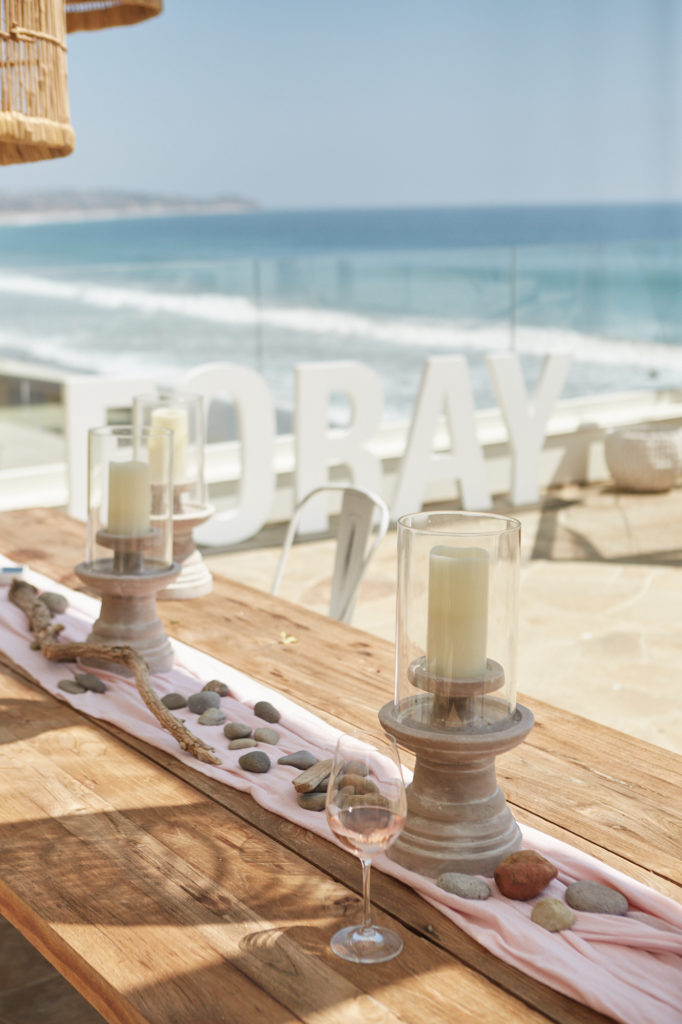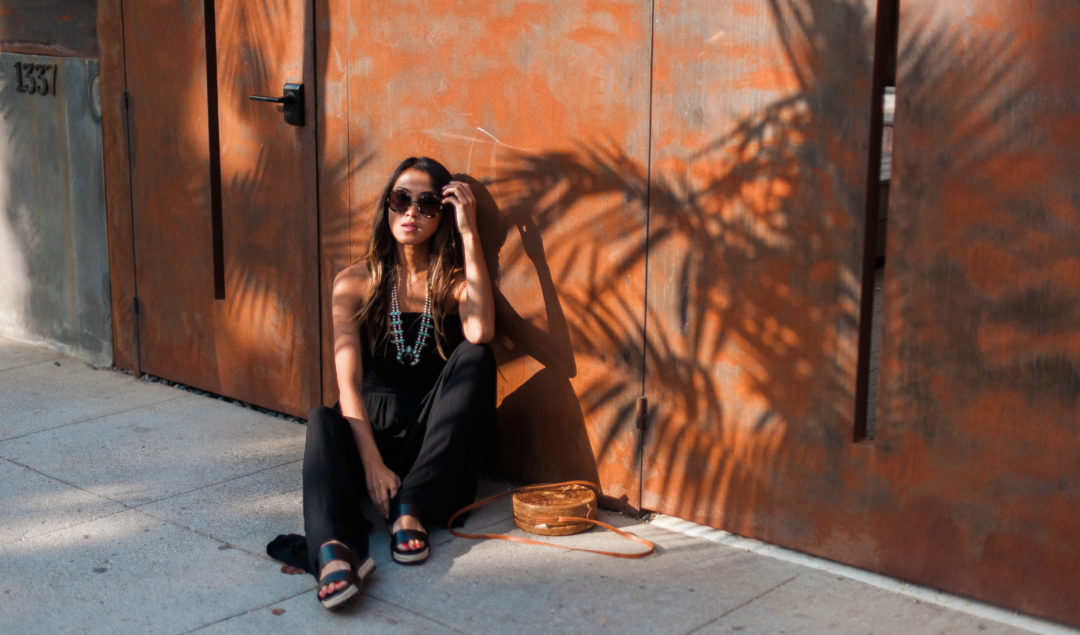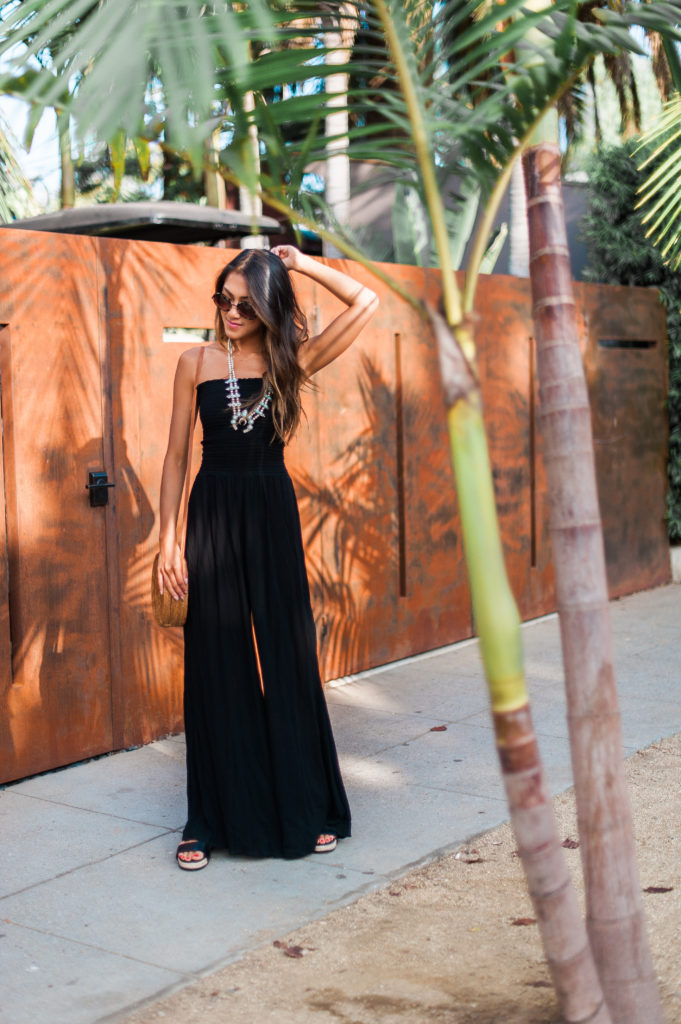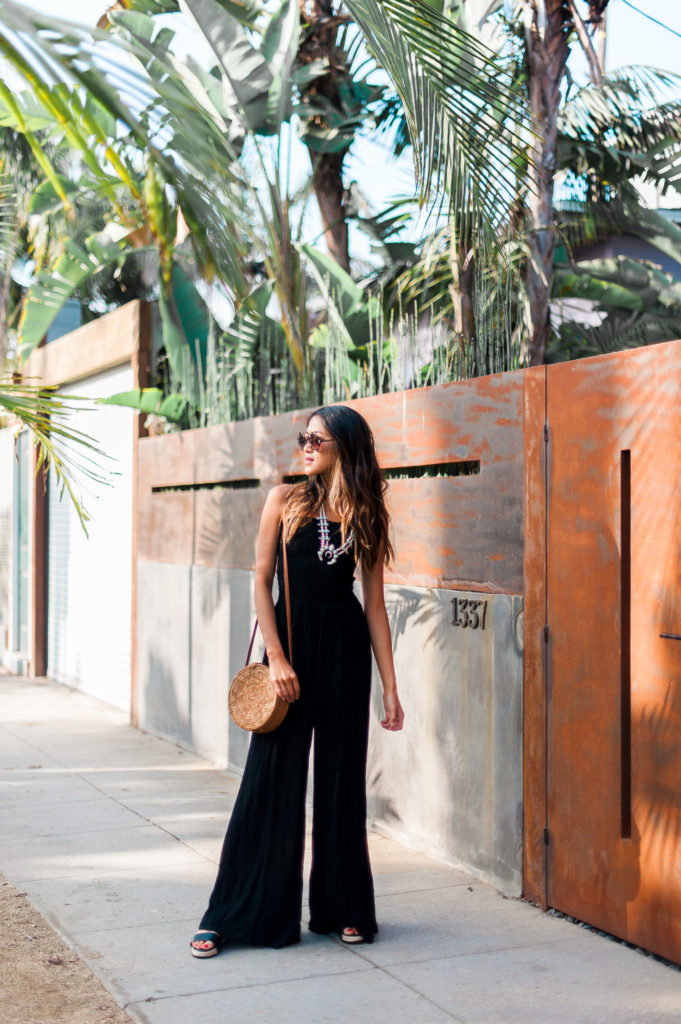One question I get asked a lot (and have wondered myself) is how to determine how much to charge for a freelance service. As you might already know, I’m a huge proponent of the side hustle. But outside of your typical corporate career, how do you get paid? And how much? I feel like talking about money, in general, is considered somewhat taboo. But when it comes to anyone with a freelance career, bloggers especially, it became an almost impossible topic to get any real information on or learn much about. I was recently inspired by reading Refinery 29’s popular series of posts, Money Diaries.
I love the mission behind Money Diaries. Refinery 29 started the series of posts to highlight women across the world. Specifically how these women make and spend their money. They say on the website:
“…We’re tackling what might be the last taboo facing modern working women: money. We’re asking millennials how they spend their hard-earned money during a seven-day period — and we’re tracking every last dollar.”
Taking a stab at breaking through this topic, I thought I’d share some of my thoughts and experiences on making money through a side hustle or by freelancing.


Here’s how to determine how much to charge for freelance services:
Figure out the scope of work.
How much work are you being asked to do? What is the scope of the project? Whether you have a fixed hourly rate or a variable rate depending on services delivered, make sure you have an idea up front of how much work you will have to do in order to complete a project. For example: for photographers, a one hour shoot for bloggers probably requires a different amount of work than an editorial shoot for a brand’s lookbook or a wedding.
Freelance writers may want to have a better understanding of how many articles they are being asked to complete and how much research and detail needs to go into each. Influencers may be asked to create one single image for a brand. Sometimes it’s an entire video or lookbook. Don’t be afraid to ask questions to clarify the project at hand!



Identify your personal value.
What are you bringing to the table? Years of experience and expertise? A unique skill or talent? A large social audience? You need to be bringing value through the services you are offering! It’s okay to do work for free to build up your network, your experience, and the quality and professionalism of your work. Don’t be afraid to learn and grow through doing work for trade – you never know what doors might open up!
Once you feel comfortable with the value you’re offering, you can set a price for your services. This rate may vary from project to project – after all, freelancing really is the wild, wild west.
Consider everything you bring to the table.
Say you are a freelance photographer. You may charge an hourly rate for your services, but you also need to account for your equipment (camera equipment is EXPENSIVE), your skill and expertise that you’ve built up over time (a photographer with 10 years of experience is very different than a photographer with only 6 months), and the time and energy spent on editing (which is oftentimes the most time consuming part!). If you’re working on larger productions, you may also need to account for assistants and any additional staff on your team. This may explain why there is a huge discrepancy in rates – some photographers may offer their services for free, while others charge thousands per hour or have a fixed day rate.
For influencers, the size of your audience can determine your rate. This can include a combination of your reach (how many people see your posts on different platforms) and influence (ability to convert sales or drive traffic). Unsure waht to charge? A general marketing rate is cost per thousand (CPM), or rate per thousand impressions. A couple years ago, I read on a popular fashion blogger’s site that she charged $10 per every 1,000 followers on Instagram, but this is probably no longer entirely accurate.


Determine the value of this partnership.
Are you receiving anything in return for the services asked? Whether it’s free product or the opportunity to have your brand cross promoted to a large audience. You should also consider the potential non-monetary benefits of taking on a certain project. I totally get that the hustle is real when you rely on income from freelance work. Just keep in mind that not all value comes in the form of money!
At the end of the day, freelancing can be incredibly stressful but also incredibly rewarding. You are your own boss and responsible for seeking out and taking on various projects. You have to hustle, and then hustle some more – there’s no one handing you projects or telling you what to do.
Make friends in your industry.
One thing I’ve found incredibly helpful is making friends in a similar industry and having someone to bounce ideas off of and talk to. I think having a strong support system is essential in order to have open dialogue on topics that may feel taboo or hush hush.
Transparency and authenticity are so important in the freelance industry. It’s disappointing and disheartening to see so many people taking shortcuts and choosing to deceive brands and partners. Which is why taking steps towards open conversations and transparency in the industry is so valuable.
Freelancers and creatives – what are your thoughts on setting rates and finding work?
xx, Amy
dress: grana | denim jacket: blank nyc (similar) | backpack: sticks + stones



